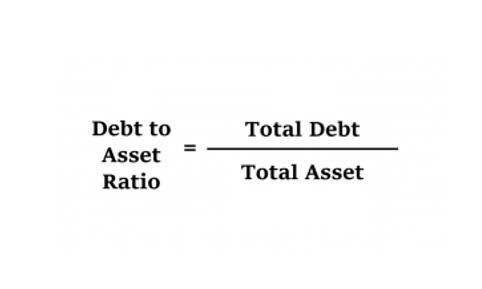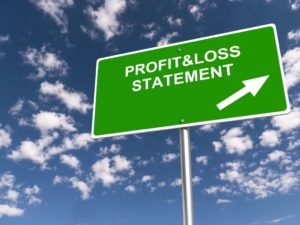
For example, four units that are one-fourth finished would equal one conversion costs equivalent unit. Conversion costs are the labor and overhead expenses that “convert” raw materials into a completed unit. Each department tracks its conversion costs in order to determine the quantity and cost per unit (see TBD; we discuss this concept in more detail later). In order to accurately calculate conversion costs, the direct labor cost and the manufacturing overhead cost must be considered. Direct labor cost is typically calculated based on the number of hours worked and the rate of pay for those hours. Manufacturing overhead costs are typically calculated based on the cost of materials, supplies, and indirect labor.

Strategies for Reducing Conversion Costs
Manufacturing cost is the cost that company spends to support the production process but they cannot allocate to each product. They are the indirect cost that incurs to support the manufacturing, but it is very challenging to apply the cost to each production unit. If they were 100% complete with regard to conversion costs, then they would have been transferred to the next department.

Ways a Company Can Accurately Track and Report Conversion Cost – The Importance of Conversion Cost in Accounting
- Plastic, rubber, steel, iron, timber and many agricultural outputs like sugarcane, sugar beets, jute and cotton etc. are examples of direct materials that are processed to produce salable finished products.
- Conversion costs differ from prime costs, which focus on direct manufacturing expenses like direct materials and direct labor.
- Conversion costs are used to determine the total cost of producing a given item and can be used to compare the cost of production between different manufacturing processes.
- Analyzing production processes is necessary to uncover inefficiencies tied to conversion costs.
- In other words, the conversion cost is converting raw materials into finished goods.
The conversion cost ratio measures the proportion of conversion costs to the total manufacturing cost, providing valuable insights into the efficiency and cost-effectiveness of the production process. Outsourcing production to countries with lower labor costs can significantly reduce direct labor expenses. However, it is important to note that outsourcing may also increase transportation costs, which can offset some of the savings on labor.

Understanding Conversion Cost: A Simple Guide for Beginners
By replacing manual labor with automated processes, manufacturers can produce products more efficiently, reduce cycle times, and increase production output without increasing labor costs. Improving workforce productivity can help manufacturers reduce conversion costs by increasing production efficiency and reducing labor costs. Manufacturers can improve workforce productivity by providing training and development programs, setting clear expectations and goals, and implementing performance management systems. Lean manufacturing is a systematic approach to identifying and eliminating waste in the manufacturing process. By implementing lean manufacturing principles, manufacturers can streamline contribution margin production processes, reduce cycle times, and eliminate non-value-added activities.

If the contract manufacturer has access to the outsourcing company’s proprietary information, there is a risk that this information could be misused or shared with competitors. This can result in increased costs for legal fees Retail Accounting and damage to the outsourcing company’s reputation. Benchmarking overhead allocation practices against industry standards can also help identify areas for improvement.

Get in Touch With a Financial Advisor
This can help reduce conversion costs by reducing the time and resources required to produce a product. The conversion cost is a significant determinant of the pricing decision for the finished product. The selling price of the product needs to be set in a way that covers all the costs incurred during the manufacturing process, including conversion cost.


Leave a comment